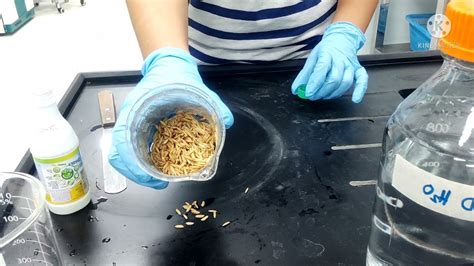Safe & Effective Seed Tray Sterilization: A Comprehensive Guide
Starting seeds indoors offers immense satisfaction, but success hinges on a clean and sterile environment. Disease and pests can quickly decimate your seedlings, rendering your efforts futile. Seed tray sterilization is therefore a crucial step in ensuring healthy plant growth. This comprehensive guide explores safe and effective methods, addressing common concerns and providing practical solutions for home gardeners.
Why Sterilize Seed Trays?
Before diving into methods, let's understand the why. Seed trays, even new ones, can harbor harmful bacteria, fungi, and pests like aphids, thrips, and nematodes. These pathogens can linger in soil residues, cracks, and crevices, silently sabotaging your seedlings. Sterilization eliminates these threats, providing a clean slate for your seeds to germinate and thrive. Ignoring this step can lead to:
- Damping-off: A devastating fungal disease that attacks young seedlings, causing them to wilt and die.
- Reduced germination rates: Pathogens can inhibit seed germination, resulting in fewer seedlings.
- Stunted growth: Even if seedlings survive, pathogens can weaken them, leading to stunted growth and poor yields.
- Spread of disease: Contaminated trays can spread diseases to other plants in your garden.
How to Sterilize Seed Trays: Safe and Effective Methods
Several methods effectively sterilize seed trays, each with its pros and cons. Choose the method that best suits your resources and comfort level.
1. Boiling Water Sterilization
This is the simplest and most accessible method for home gardeners.
- Process: Fill a large pot with water and bring it to a rolling boil. Submerge your seed trays completely, ensuring they are fully immersed for at least 10-15 minutes. Remove with tongs or oven mitts and allow to air dry completely before use.
- Pros: Simple, readily available, effective against many common pathogens.
- Cons: Not suitable for all types of trays (e.g., some plastics may warp); requires a large pot and careful handling to avoid burns.
2. Bleach Solution Sterilization
A bleach solution is a powerful disinfectant, effectively eliminating many pathogens.
- Process: Prepare a solution of 1 part household bleach to 9 parts water. Submerge your seed trays completely and let them soak for 10-15 minutes. Thoroughly rinse the trays with clean water several times to remove all traces of bleach before use. Allow to air dry completely.
- Pros: Effective against a wide range of pathogens, readily available.
- Cons: Bleach can be harsh and damaging to some plastics; requires careful rinsing to avoid harming your plants. Always wear gloves when handling bleach solutions.
3. Microwave Sterilization
This method is quick and convenient for smaller trays.
- Process: Place the empty, clean trays in the microwave and add a cup of water to each tray. Microwave on high for 2-3 minutes, or until the water boils. Allow the trays to cool completely before use. Note: This method is only suitable for microwave-safe trays.
- Pros: Fast and convenient, effective for smaller trays.
- Cons: Only suitable for microwave-safe trays; may not be as effective as other methods for larger trays or stubborn pathogens.
4. Dishwasher Sterilization
If your seed trays are dishwasher-safe, this is a convenient option.
- Process: Wash your trays in the dishwasher using the highest temperature setting and a detergent designed for sanitizing.
- Pros: Convenient, effective for many types of trays.
- Cons: Requires a dishwasher, may not be effective against all pathogens.
What About Seed Starting Mix? Should I Sterilize That Too?
While sterilizing your seed trays is crucial, sterilizing your seed starting mix is also highly recommended, especially if you're reusing mixes. However, this is a more complex process often involving heat treatment, and many gardeners prefer to purchase commercially available sterile seed starting mixes.
How Often Should I Sterilize My Seed Trays?
The frequency of sterilization depends on several factors, including the type of trays, their previous use, and your gardening practices. As a general guideline, sterilize your seed trays before each new seeding to minimize the risk of disease and pest infestations. Thoroughly cleaning trays between uses is also vital in maintaining a sterile environment.
What if I don't have access to these methods?
If you lack access to boiling water, bleach, a microwave, or a dishwasher, you can opt for thorough cleaning with soap and water, followed by a thorough rinsing. While not as effective as the methods described above, this still reduces the pathogen load and is better than nothing.
By following these safe and effective seed tray sterilization methods, you can significantly increase your chances of successful seed starting and enjoy a bountiful harvest. Remember, a clean and sterile environment is the foundation of healthy plant growth.

